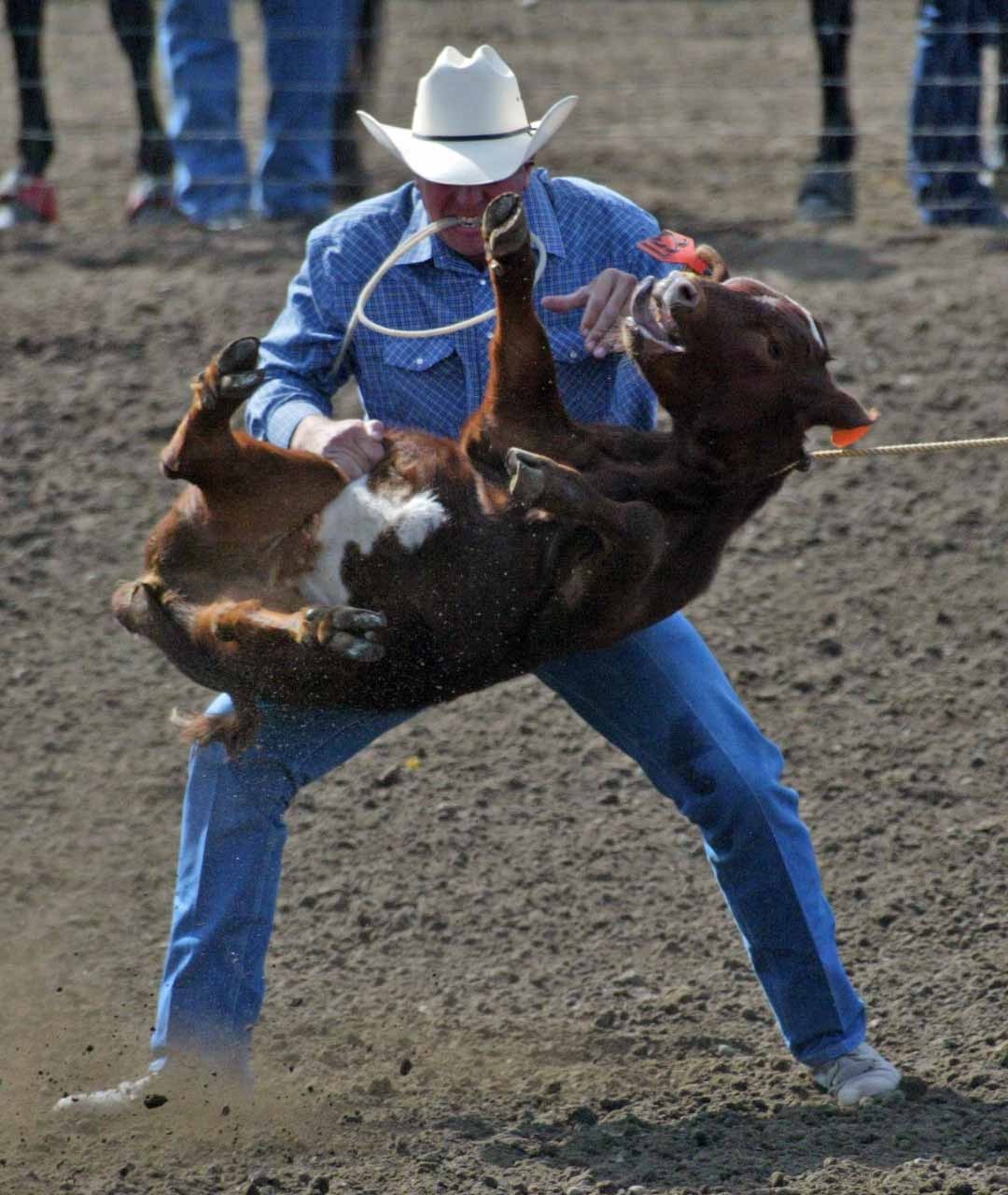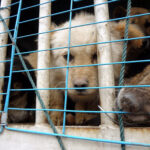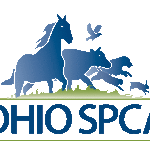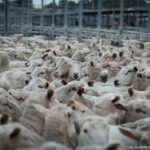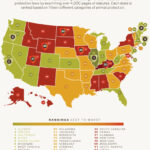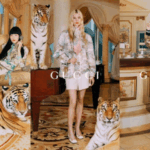The thunderous applause rings out from the crowd as cowboys clad in denim and leather ride powerful, bucking broncos. The allure of rodeo is deeply woven into the fabric of certain cultures, particularly in the American West, where rodeos are considered a rite of passage, an adrenaline-fueled spectacle that celebrates skill, courage, and tradition. Yet, beneath the glittering surface of this energetic show lies a disturbing truth: a dissonance rooted in the ethics surrounding animal welfare. While some view rodeos as a celebration of human achievement and bravery, an increasing chorus of voices beckons society to confront the specter of animal cruelty that often accompanies these events.
Rodeo is a cultural phenomenon, rich with history and symbolism, evoking images of cowboys and western landscapes. It represents an idyllic, pastoral lifestyle long celebrated in literature and cinema. However, such romanticization obscures the brutal realities faced by animals in these competitions. Many individuals who attend rodeos remain blissfully ignorant of the suffering that often lurks behind the scenes. They perceive the events as mere entertainment—an exhilarating experience worthy of celebration. Yet, it begs the question: how many people truly think there’s animal cruelty in rodeos?
Perceptions of cruelty in rodeos can be likened to a double-edged sword, rooted in cultural appreciation yet clouded by ethical considerations. Supporters of rodeos often dismiss concerns regarding animal welfare, arguing that the animals are treated with respect and that their participation is necessary for preserving tradition. They see the animals as partners in a spirited dance, their energy harnessed to create a show of strength and skill. This perspective creates a riveting sentimental bond, a connection of man and beast, revitalizing frontier mythology.
Yet, this romantic image is marred by harsh realities. Animals are subjected to intense physical exertion, often pushed beyond their limits in the name of entertainment. Reports of injuries, both physical and psychological, while these animals are trained and showcased are disturbingly common. The use of spurs, electric prods, and other devices designed to provoke submission reveals an unsettling truth: that excitement derived from these shows is often a direct result of fear inflicted upon the animals. The cognitive dissonance of enjoying a show that causes suffering is stark and troubling.
As conversations surrounding animal rights sharpen, a growing number of spectators are beginning to reevaluate their stance on rodeos. Surveys and studies reveal a notable shift in public sentiment, with a significant portion of the population acknowledging animal cruelty as a major concern. Many find the juxtaposition between culture and ethics increasingly disconcerting. The ongoing debate reveals a growing frustration with the insistence that tradition must outweigh the urge to protect sentient beings.
The metaphorical divide between tradition and ethics is a chasm. One side is adorned with vibrant costumes and palpable excitement, while the other is steeped in a moral responsibility that demands acknowledgment and action. As society becomes more educated about animal sentience and the psychological impacts of performance stress on these creatures, the fog of ignorance began to dissipate.
Another layer in this intricate fabric of public opinion stems from emotional narratives—social media’s influence cannot be overstated. The proliferation of graphic videos and photos showcasing rodeo injuries has garnered immense attention. Compelling visuals serve not just to educate but to ignite empathy. Spectators are increasingly feeling a profound sense of outrage upon witnessing the stark contrast between how animals should be treated and the allure of a violent spectacle masquerading as entertainment.
Moreover, the younger generations find themselves questioning traditional norms—challenging societal structures that have long defined what is acceptable. Much like ripples in a pond, this change in perception is generating waves of shifts within the communities that celebrate rodeos. Longtime supporters of the events are beginning to feel the pressure to find a balance—reconciling cultural identity with ethical responsibility.
The discussion extends beyond mere observation; it is a call to action. Animal welfare organizations have initiated campaigns advocating for reforms in rodeo practices. The goal is not to abolish rodeo as an entity but to foster a more humane approach to training and presenting these animals. The campaign asserts that one can celebrate tradition without inflicting harm—a notion increasingly accepted as viable.
However, alike to a tempestuous storm, the battle for animal rights remains fraught with challenges. Opposition often arises from those who view such reforms as an infringement on personal freedoms—a threat to the culture embedded in their identity. Thus, the discourse dances a fine line between preservation and progress. It is essential to approach these discussions with an open mind, bridging understandings and emphasizing that empathy need not extinguish tradition.
Consequently, the question lingers: just how many people think there’s animal cruelty in rodeos? The answer is multi-faceted and evolving. While some steadfast supporters cling to sentimental notions of tradition, a mounting segment of the populace is realigned with contemporary ethics, sparking a reevaluation of what collective responsibility means. It is within this critical juncture that the potential for change resides, painted vividly against the backdrop of galloping hooves and roaring crowds.
As we forge ahead, the conversation about rodeos must shift from one of mere nostalgia to a more nuanced understanding—a reflection on the ethical implications of our choices. The exciting pulse of rodeo need not include the suffering of animals. Partnerships based on mutual respect can form, leading to a new legacy, one that honors both culture and compassion.
